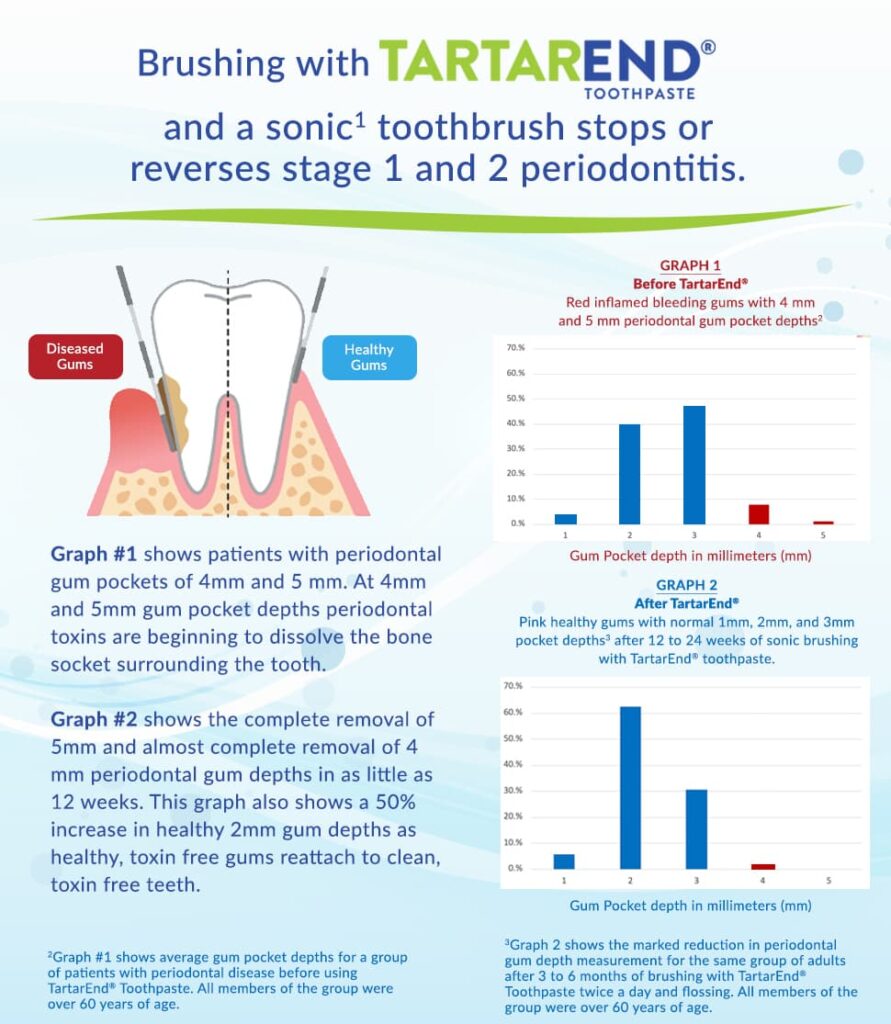Gums Bleed When Floss
Bleeding gums during flossing can be a concerning and painful experience, but it’s more common than you might think. This phenomenon occurs when the gums, also known as the gingiva, become inflamed or irritated, leading to bleeding. There are several reasons why gums might bleed when flossing, ranging from mild to more serious conditions.
One of the most prevalent causes of bleeding gums is poor oral hygiene. When plaque, a sticky film of bacteria, accumulates on the teeth and isn’t removed regularly, it can lead to gingivitis, an inflammation of the gums. Gingivitis is characterized by red, swollen, and bleeding gums, especially during flossing. This condition is reversible with proper oral care, including regular brushing, flossing, and dental check-ups.
Another factor that contributes to bleeding gums is the technique used during flossing. If the floss is snapped or forced too deeply into the gum line, it can cause micro-tears in the tissue, leading to bleeding. It’s essential to use a gentle, zig-zag motion when flossing, curving the floss around the edge of each tooth in a “C” shape, to avoid damaging the gums.
In some cases, bleeding gums can be a sign of a more serious condition, such as periodontitis. This is a chronic infection of the gums and bone that support the teeth, which can lead to tooth loss if left untreated. Periodontitis can be caused by a combination of factors, including poor oral hygiene, smoking, genetics, and certain medical conditions. If you experience persistent bleeding gums, it’s crucial to consult a dentist to rule out any underlying conditions.
Hormonal changes during pregnancy, puberty, or menopause can also affect the gums, making them more susceptible to bleeding. This is due to the increased levels of progesterone, which can cause the gums to become more sensitive and prone to inflammation.
Certain medications, such as blood thinners, can also contribute to bleeding gums. These medications can affect the blood’s ability to clot, making it more likely for gums to bleed during flossing.
To prevent or reduce bleeding gums when flossing, it’s essential to maintain good oral hygiene practices. This includes:
- Brushing teeth at least twice a day with a fluoride toothpaste
- Flossing once a day, using a gentle technique
- Visiting a dentist regularly for check-ups and cleanings
- Avoiding smoking and tobacco products
- Eating a balanced diet rich in fruits, vegetables, and whole grains
In addition to these practices, there are several natural remedies that may help reduce bleeding gums. These include:
- Rinsing with salt water to reduce inflammation
- Using a desensitizing toothpaste to help numb the gums
- Applying a topical anesthetic, such as Orajel, to the affected area
- Massaging the gums gently with a finger to increase blood flow
In some cases, a dentist may recommend additional treatments to help manage bleeding gums. These can include:
- Scaling and root planing, a deep cleaning procedure to remove plaque and tartar from below the gum line
- Antibiotic therapy to treat underlying infections
- Gingival grafting, a surgical procedure to repair damaged gum tissue
- Laser treatment to reduce inflammation and promote healing
Step-by-Step Guide to Healthy Gums
- Brush teeth at least twice a day with a fluoride toothpaste
- Floss once a day, using a gentle technique
- Visit a dentist regularly for check-ups and cleanings
- Avoid smoking and tobacco products
- Eat a balanced diet rich in fruits, vegetables, and whole grains
To further illustrate the importance of maintaining healthy gums, let’s consider a scenario-based example. Meet Sarah, a 30-year-old marketing executive who has always taken pride in her oral hygiene. However, after a recent dental check-up, she was diagnosed with gingivitis. Her dentist recommended a treatment plan, including scaling and root planing, and provided her with personalized oral care instructions. With consistent effort and regular follow-ups, Sarah was able to reverse her gingivitis and maintain healthy gums.
What causes bleeding gums during flossing?
+Bleeding gums during flossing can be caused by poor oral hygiene, gingivitis, periodontitis, hormonal changes, and certain medications.
How can I prevent bleeding gums when flossing?
+To prevent bleeding gums, maintain good oral hygiene practices, including brushing teeth at least twice a day, flossing once a day, and visiting a dentist regularly for check-ups and cleanings.
What are some natural remedies for bleeding gums?
+Natural remedies for bleeding gums include rinsing with salt water, using a desensitizing toothpaste, and applying a topical anesthetic.
In conclusion, bleeding gums during flossing can be a sign of an underlying condition that requires attention. By maintaining good oral hygiene practices, avoiding tobacco products, and eating a balanced diet, individuals can reduce their risk of bleeding gums. If you experience persistent bleeding gums, it’s essential to consult a dentist to determine the underlying cause and develop a treatment plan. Remember, healthy gums are just as important as healthy teeth, and with the right care, you can maintain a beautiful, healthy smile for years to come.


